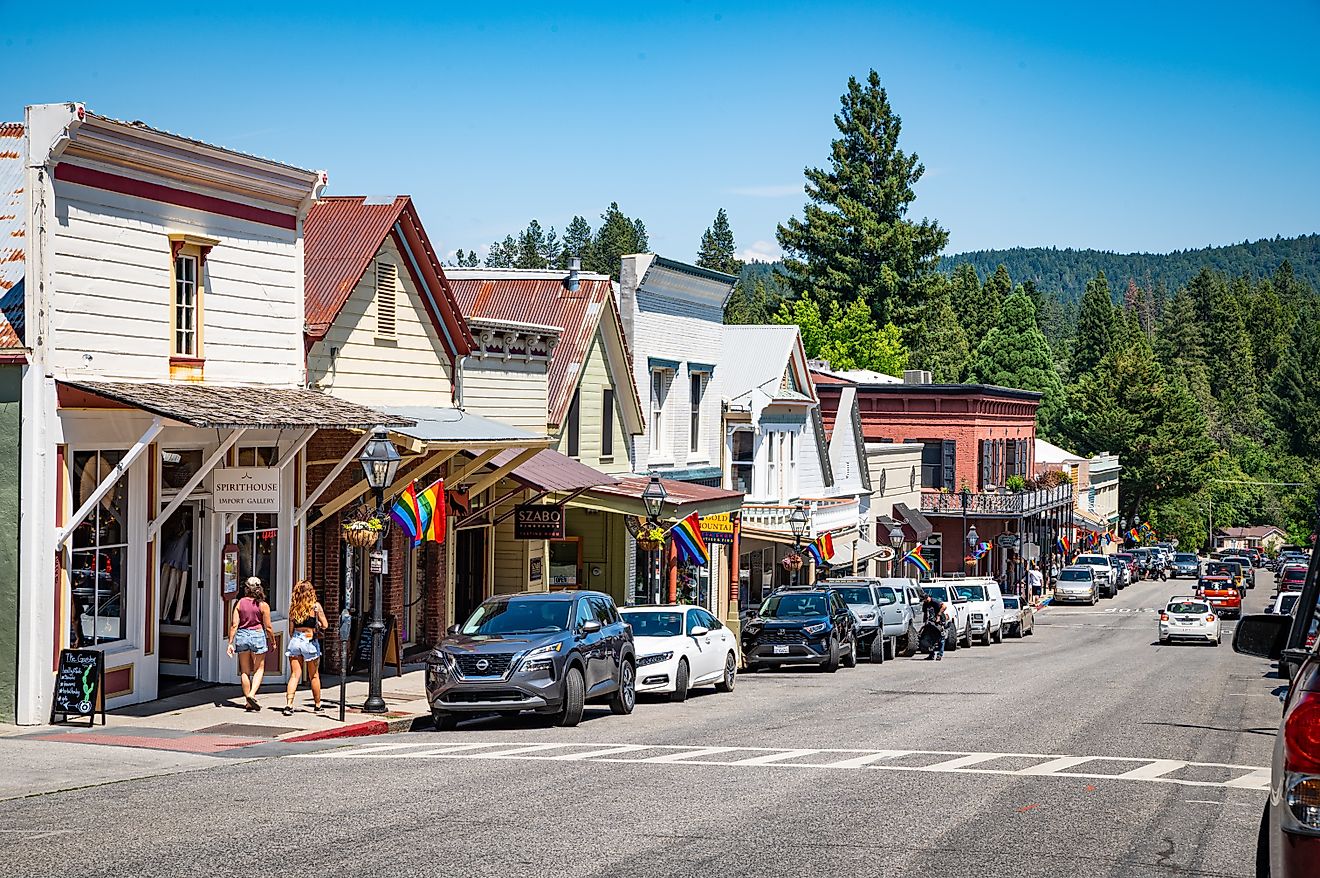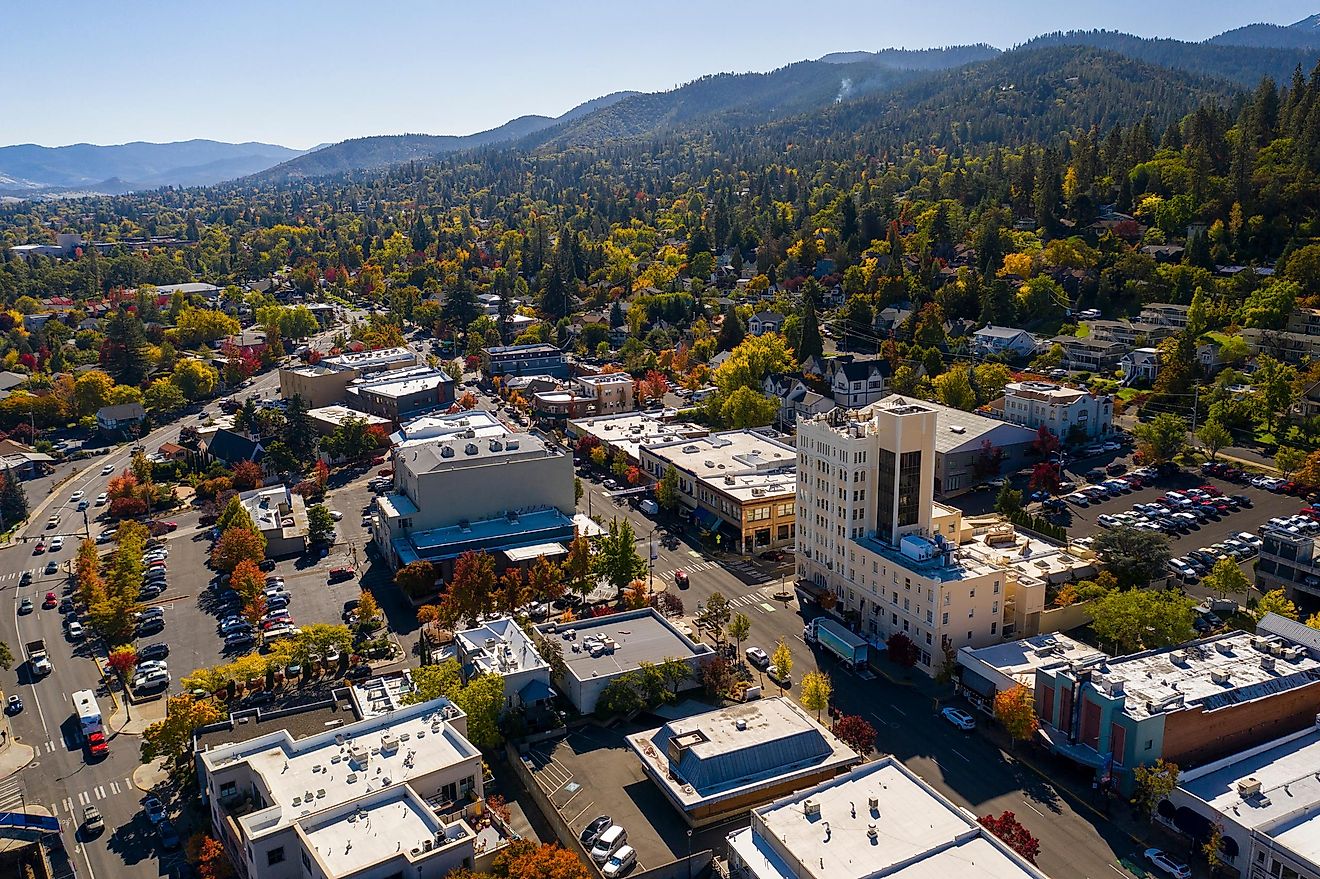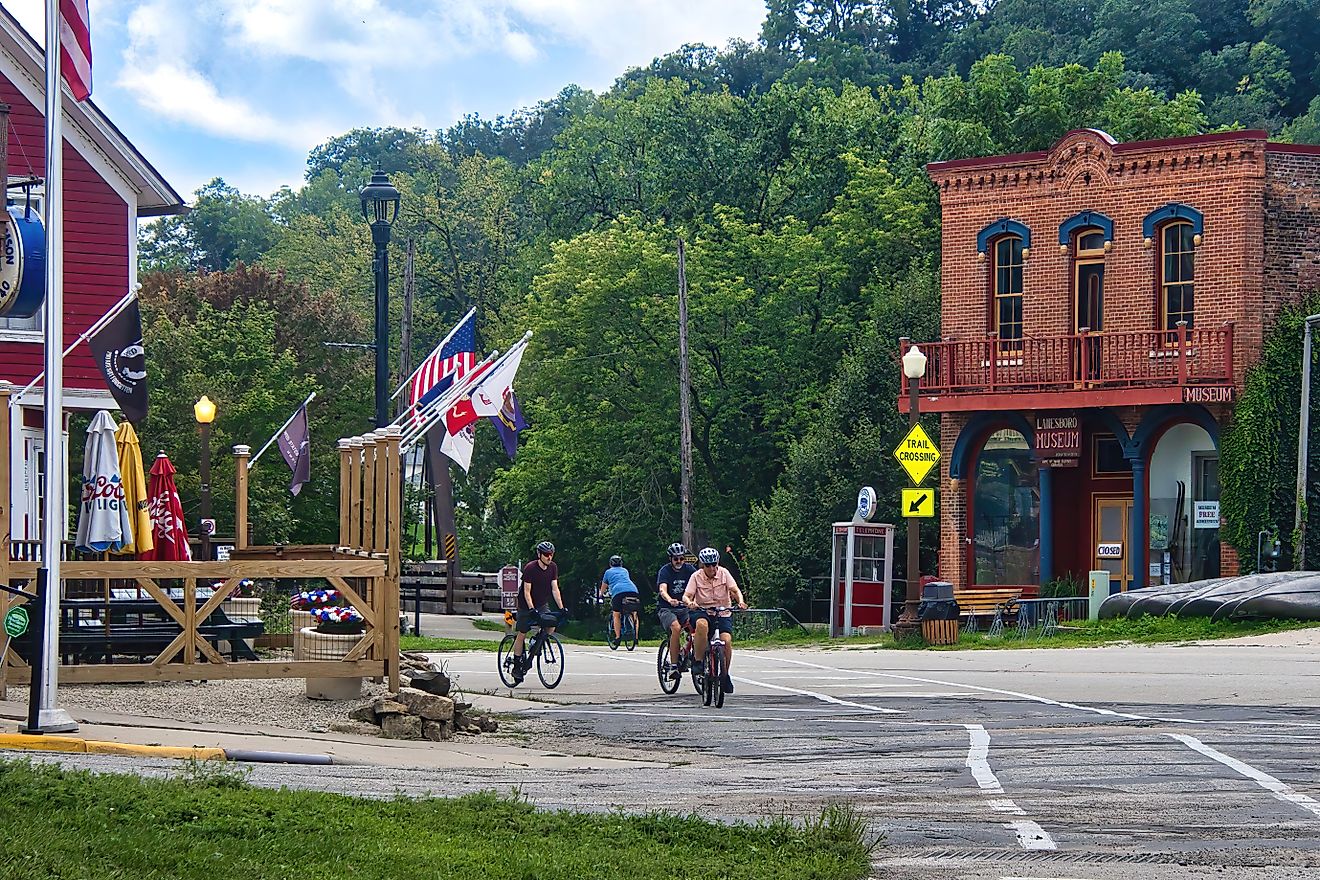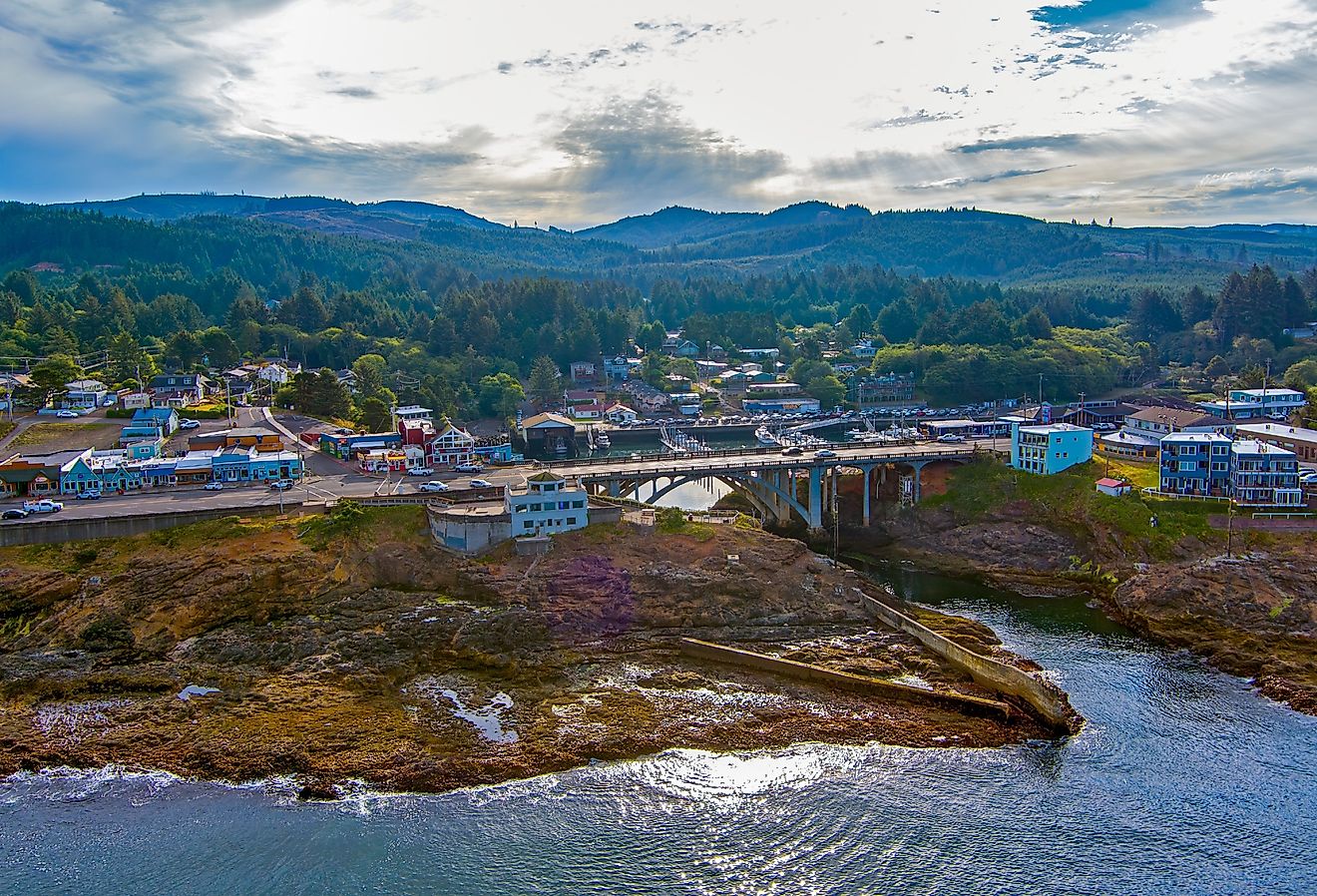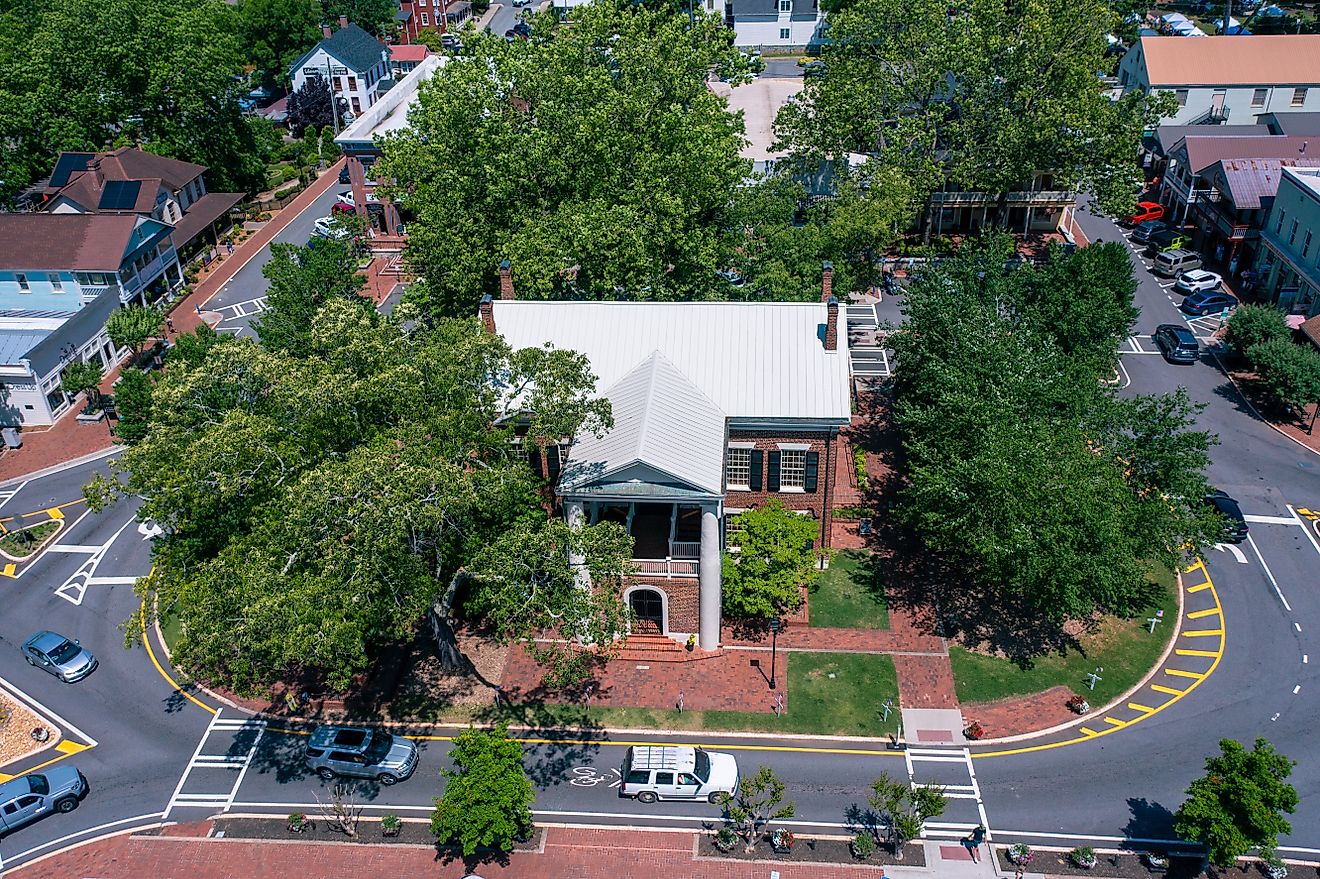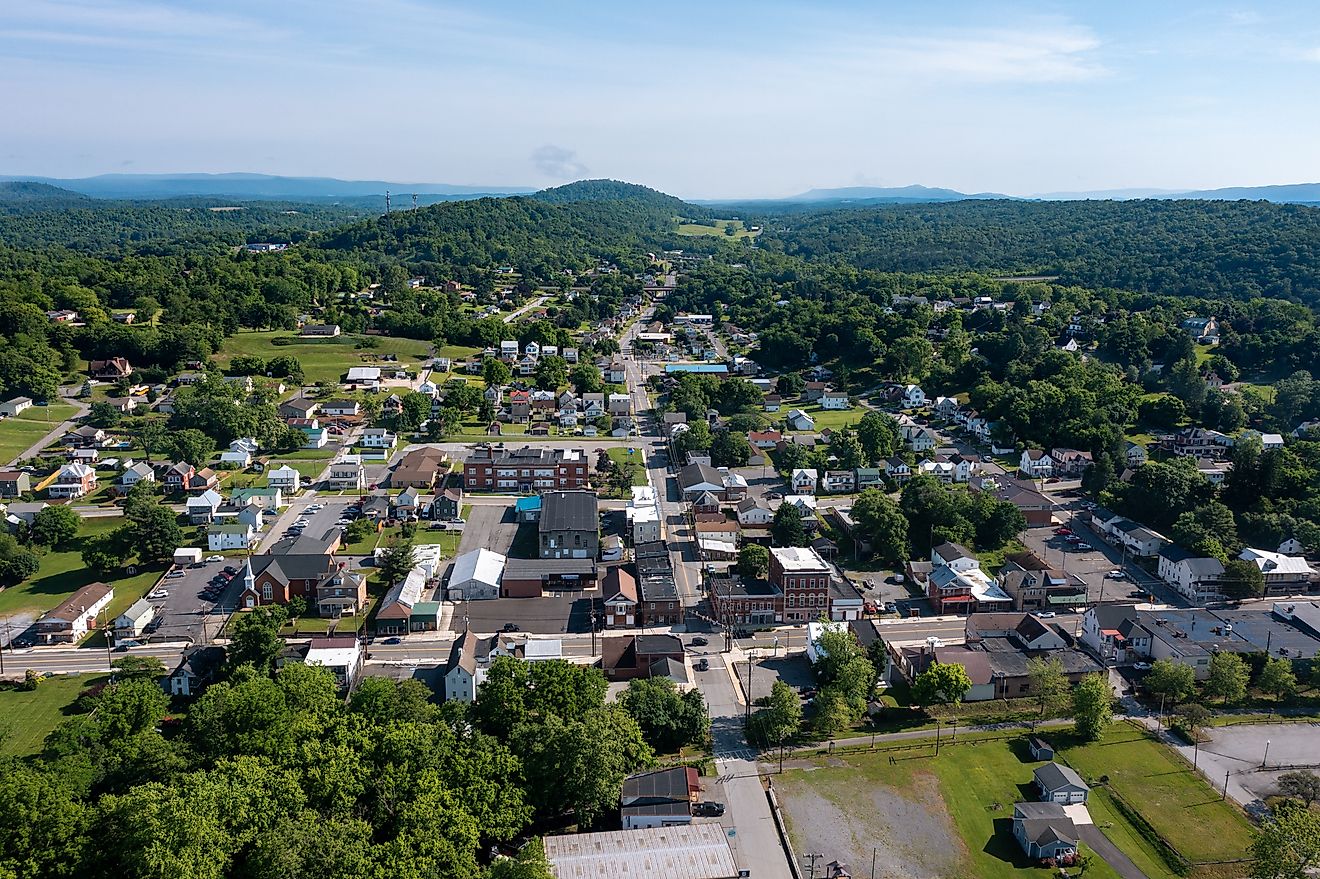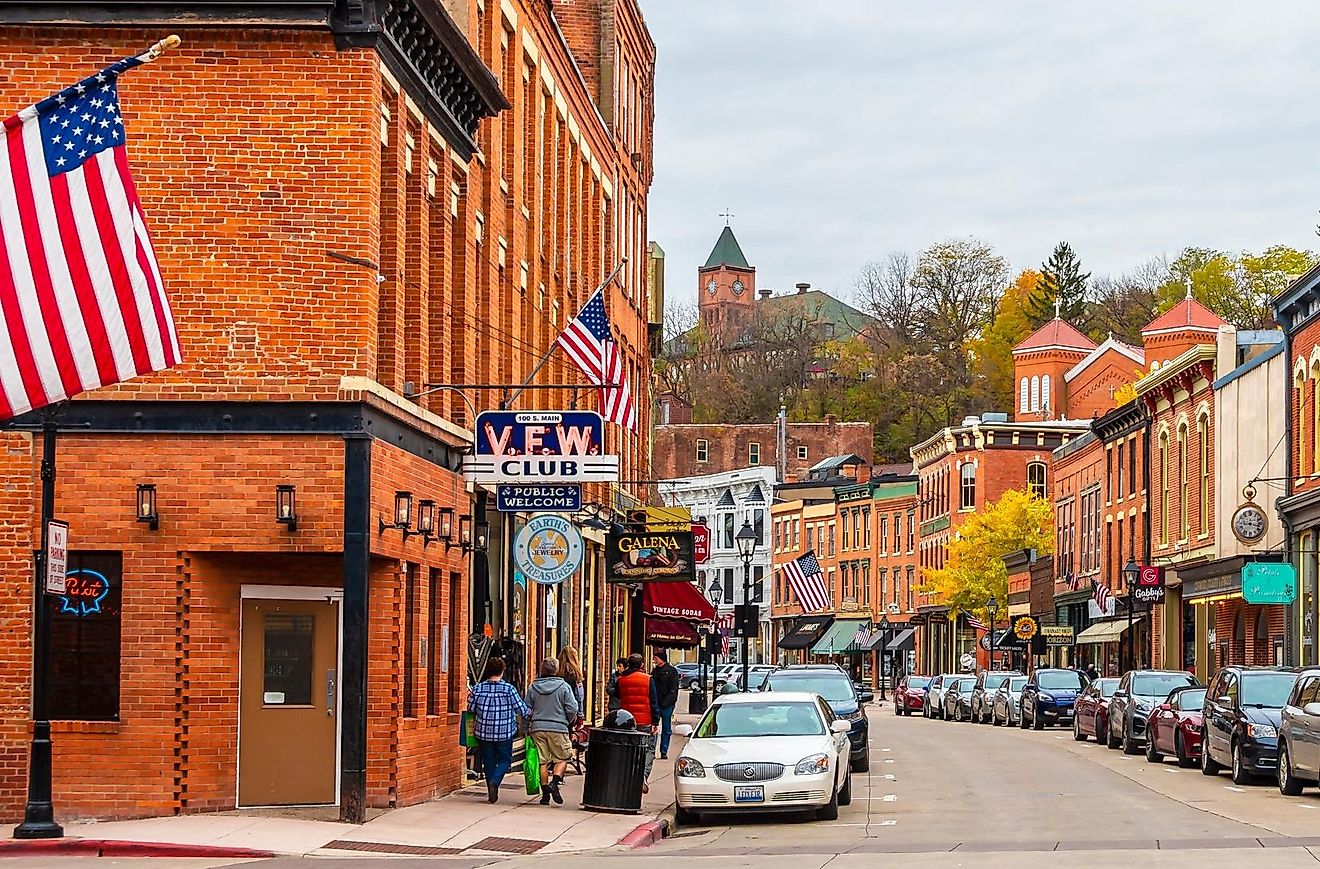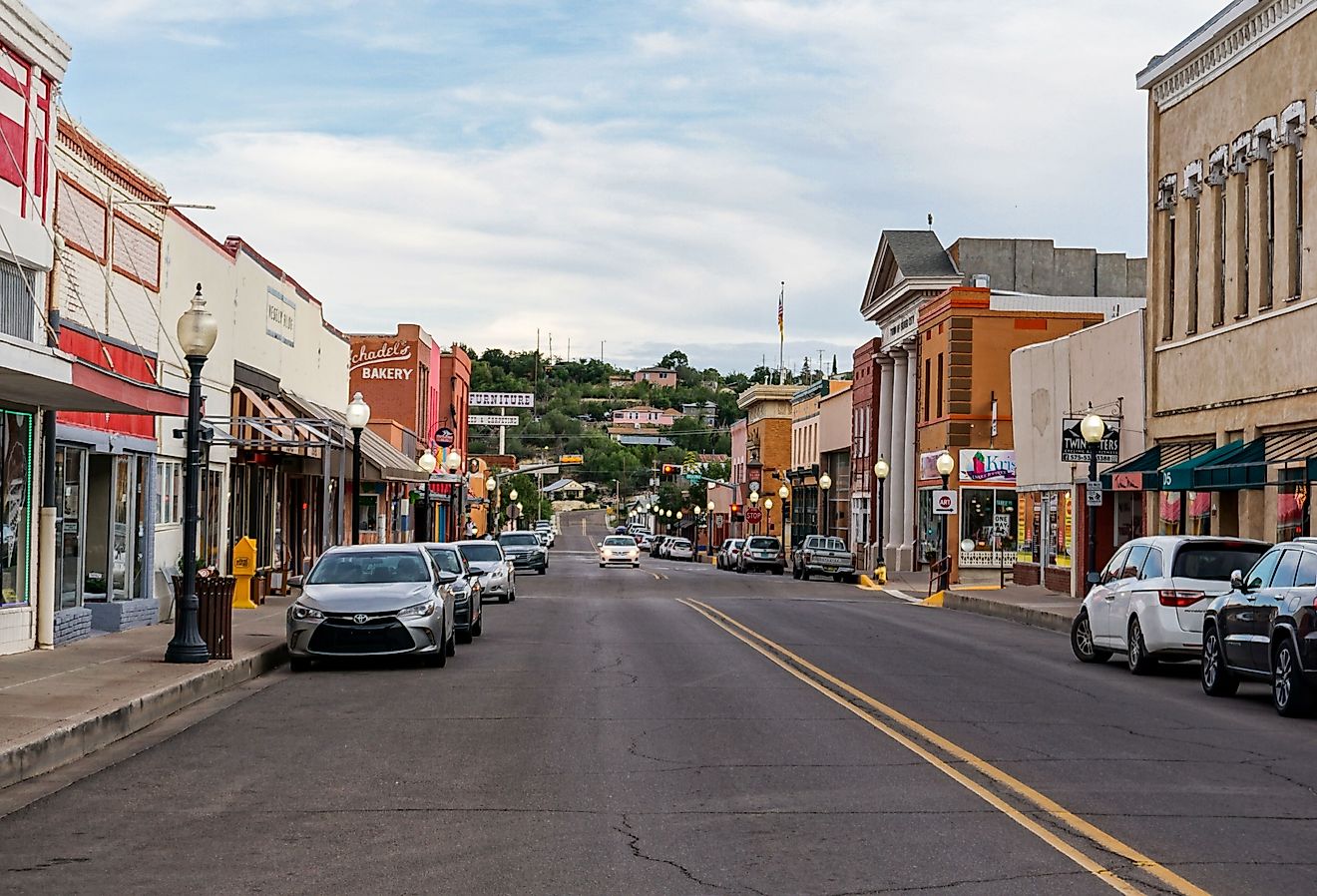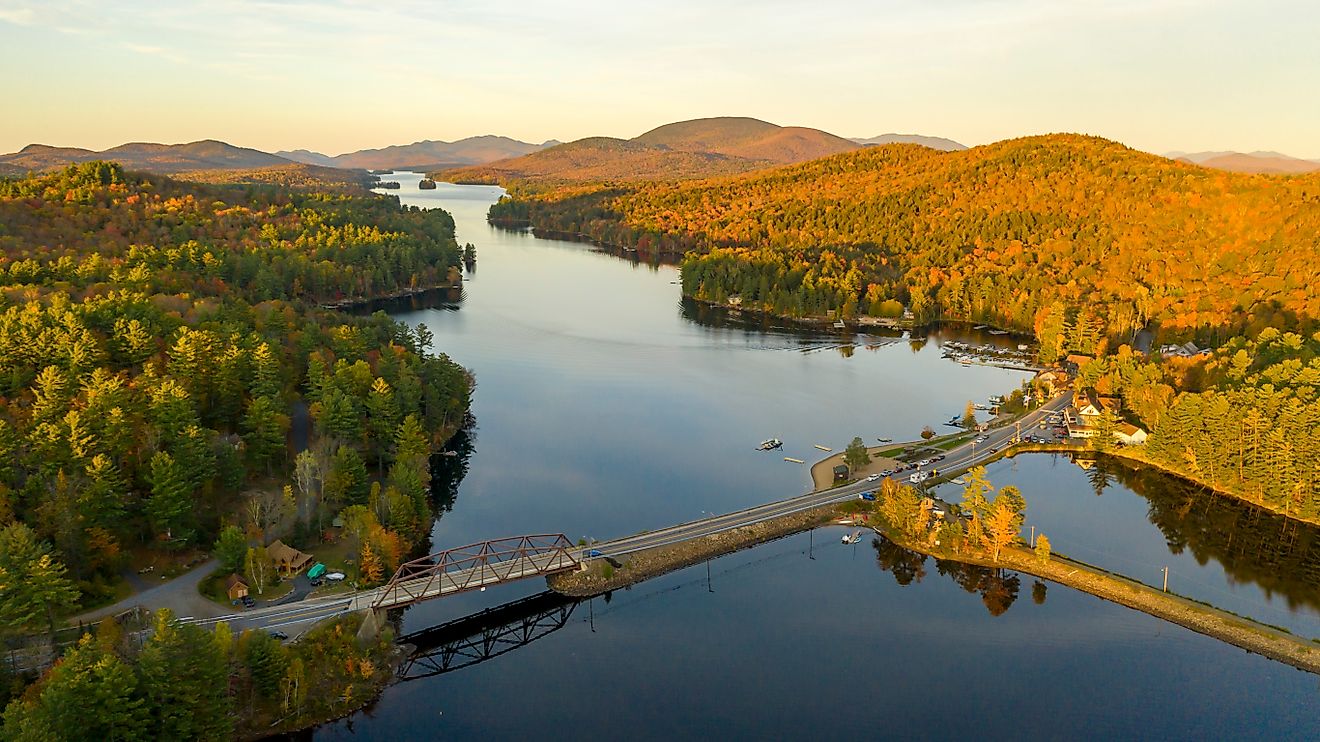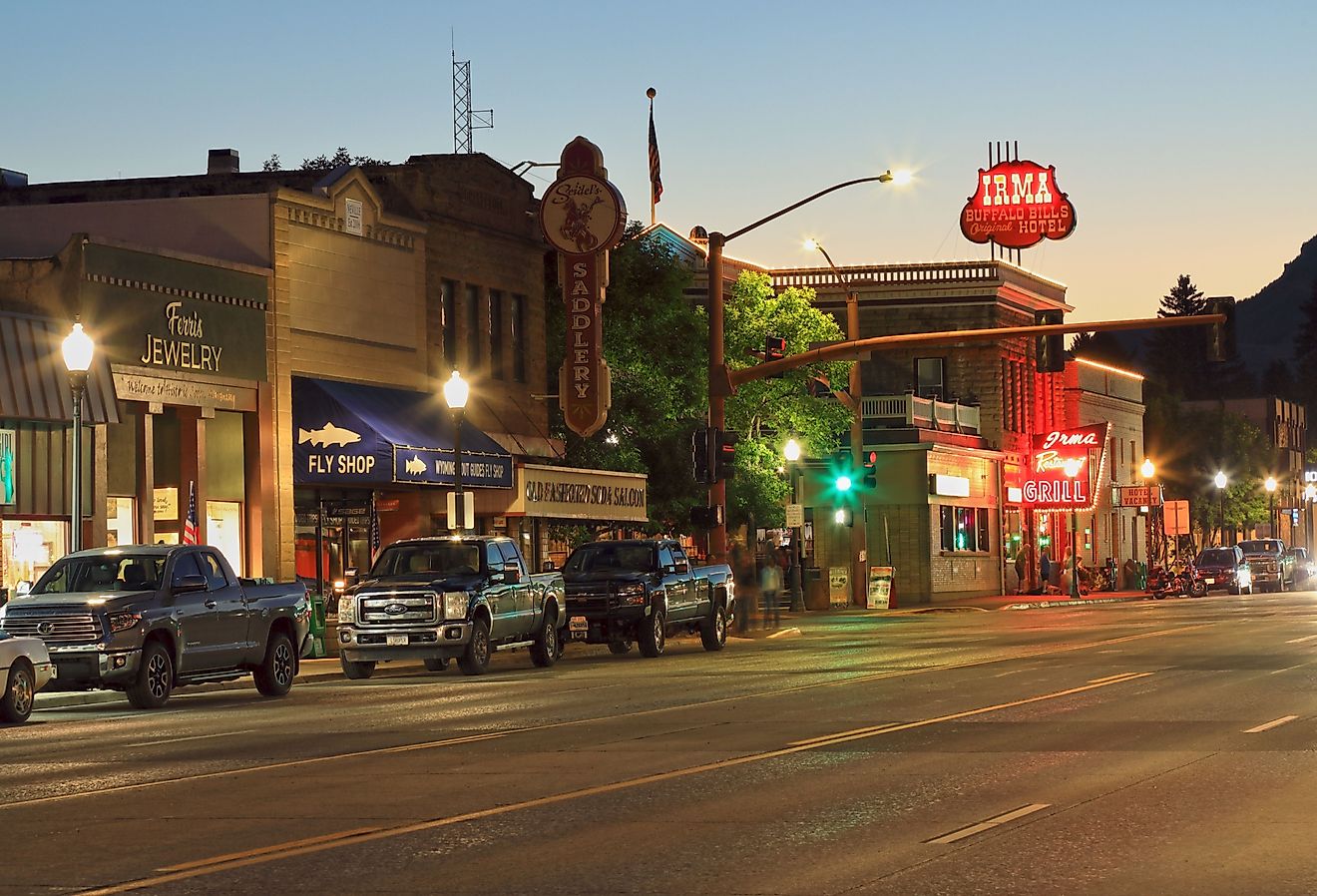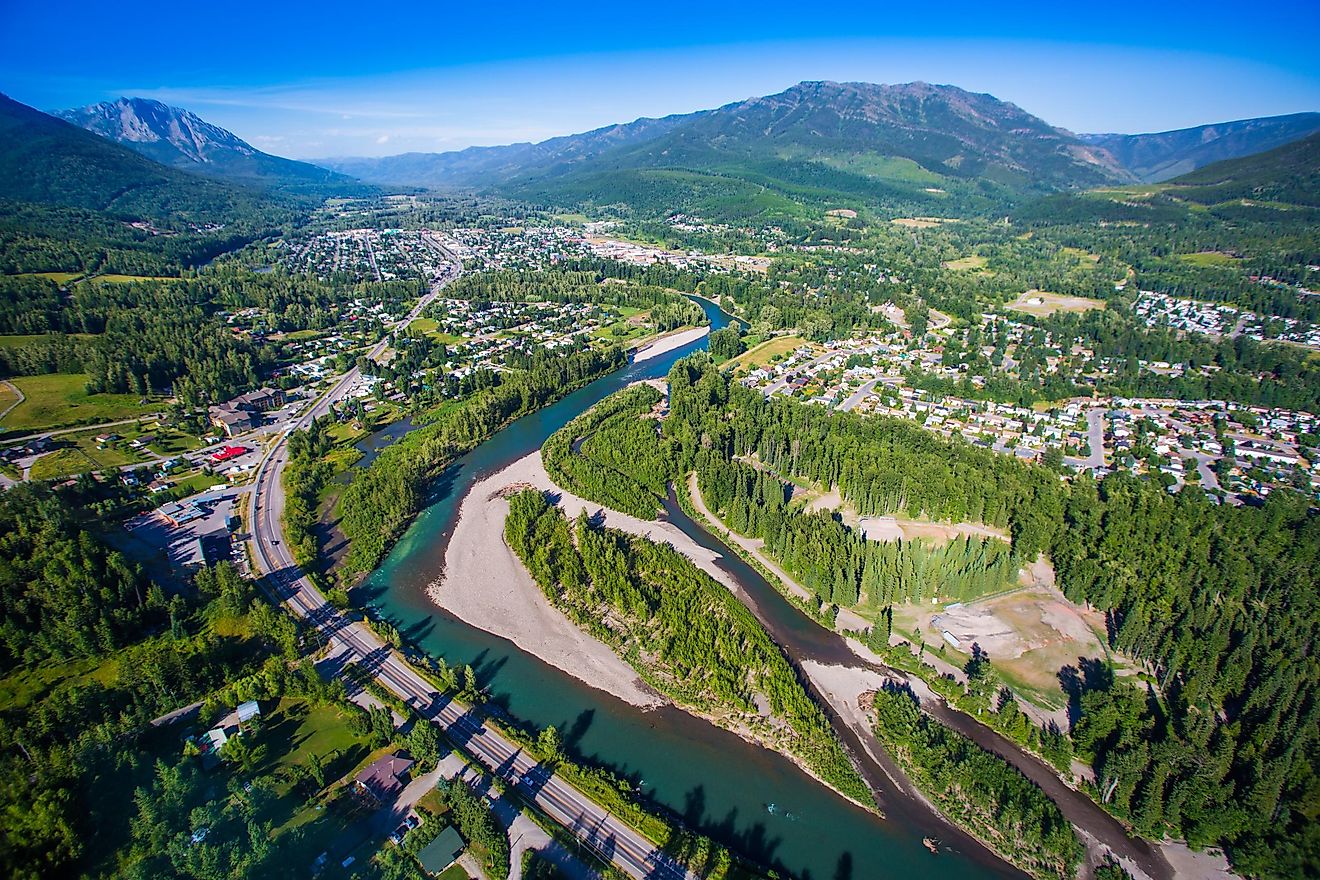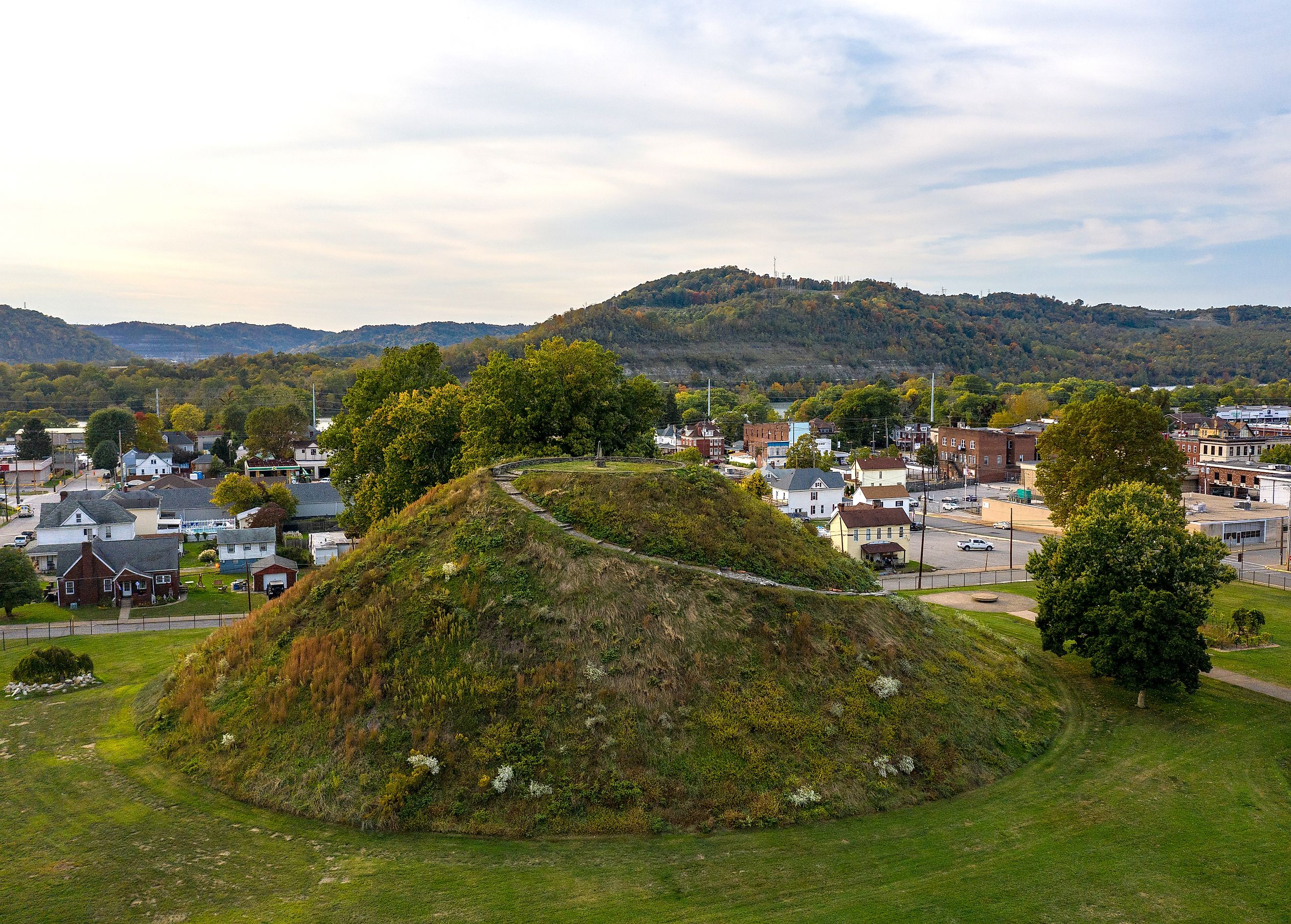
9 Quirkiest West Virginia Towns You Didn't Know Existed
If you are tired of the same old tourist stops, it might be time to explore the strange, surprising, and wonderfully weird side of West Virginia. Scattered across the state are towns bursting with personality, where Mothman sightings, backyard slides, and historic oddities are part of everyday life. In this guide, you will find nine towns, each hiding something unexpected. From the folklore-filled streets of Point Pleasant to the creative pulse of Shepherdstown, and from Moundsville's gothic lifestyle to Arthurdale's New Deal roots, are the places you did not know you needed to see.
Point Pleasant
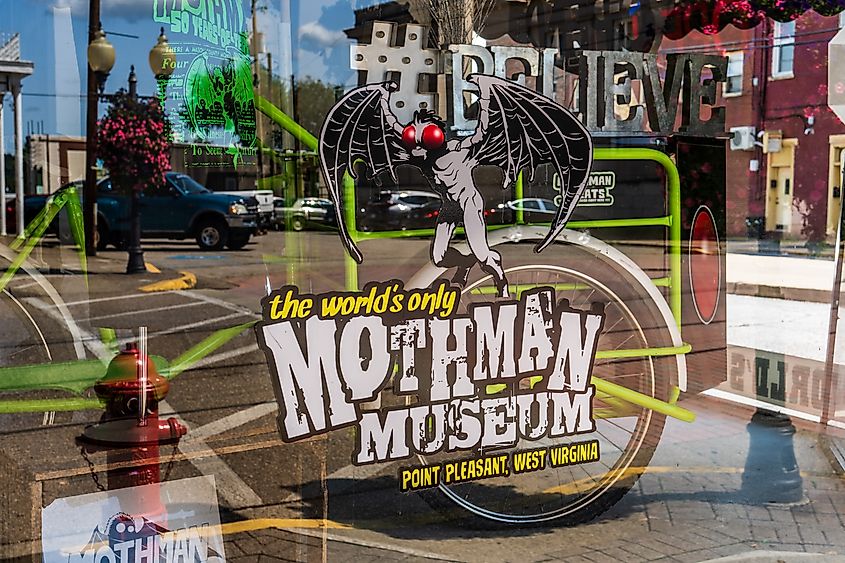
Point Pleasant has earned an unusual claim to fame as the birthplace of the Mothman legend. Since the 1960s, stories of a red-eyed creature haunting the area have drawn curiosity seekers from far and wide. Today, the Mothman Museum keeps the mystery alive with eyewitness accounts, film props, and local lore, while the annual Mothman Festival turns the story into a quirky celebration.
Beyond folklore, this riverside spot has deep historical roots. Tu-Endie-Wei State Park honors the 1774 battle that played a role in early American frontier history. The adjacent Mansion House, dating back to 1796, now operates as a museum showcasing pioneer-era life. You will also find floodwall murals downtown that trace the area’s timeline in vivid detail.
For something more offbeat, head to the McClintic Wildlife Management Area, known locally as the TNT area, where many original Mothman sightings occurred. The overgrown bunkers and quiet trails give the place an eerie atmosphere, perfect for those chasing legends or just enjoying a secluded walk.
Grafton
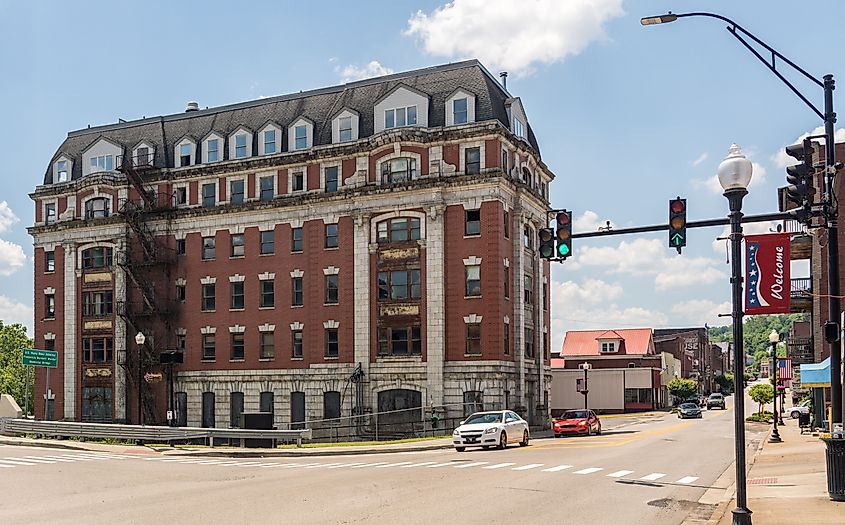
Grafton holds a unique place in American culture as the official birthplace of Mother's Day. The original celebration took place in 1908 at Andrews Methodist Episcopal Church, which still stands today and serves as the International Mother's Day Shrine. Not far from the shrine is the Grafton National Cemetery, a solemn hillside site honoring Union soldiers with rows of white headstones and annual Memorial Day ceremonies.
But this is not just a place for quiet reflection; Grafton also has a thing for the strange. The Grafton Monster, a creature first reported in the 1960s, has become part of the local identity. Each year, fans gather for the Grafton Monster Festival, complete with cryptid talks, themed vendors, and costume contests. It is a playful nod to the area’s folklore that blends urban legend with creativity. Tygart Lake State Park is nearby with its expansive lake, boating access, and wooded trails. It is a favorite for locals looking to cool off or spend a laid-back afternoon hiking or fishing. For a deeper trek into the hills, Valley Falls State Park adds rushing waterfalls and rugged paths to round out your Grafton experience.
Shepherdstown
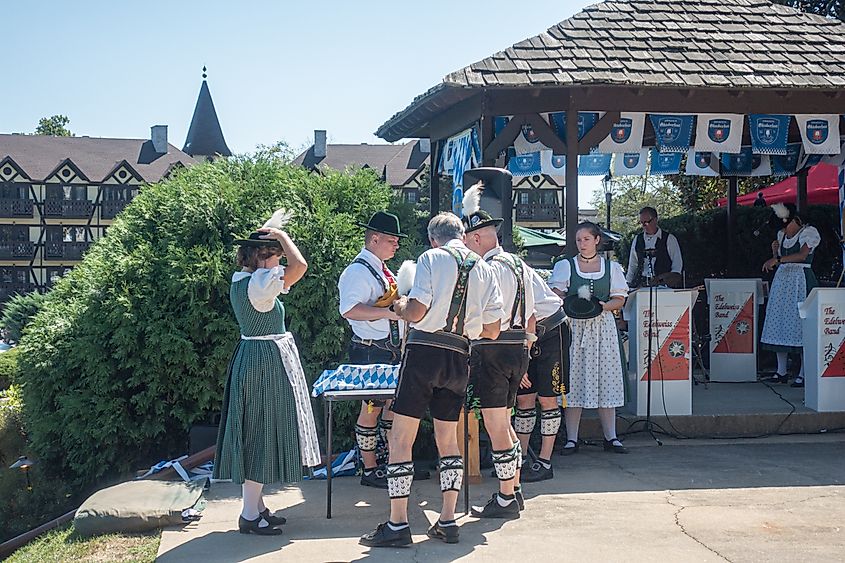
Shepherdstown stands out with its deep colonial roots. Founded in the 1700s, it is one of the oldest municipalities in the state, and that legacy lives on through buildings like the Entler Hotel and Old Market House, now repurposed for community use. A short walk from downtown leads to the James Rumsey Monument, honoring the inventor who launched one of the earliest steamboat trials on the Potomac River.
While small in size, Shepherdstown carries a surprising theatrical streak. Each summer, the Contemporary American Theater Festival brings in new plays and fresh voices, drawing crowds from across the region. Between performances, visitors stroll German Street, stopping in quirky local shops, indie cafes, and the beloved Four Seasons Books.
If you are up for a walk with a twist, the Shepherdstown Mystery Walks tour dives into ghost lore tied to old Civil War hospitals and colonial-era homes. For something calmer, head to Morgan’s Grove Park or follow the nearby C&O Canal Towpath for biking and river views. This is a place where old stories and new ideas live side by side.
Berkeley Springs
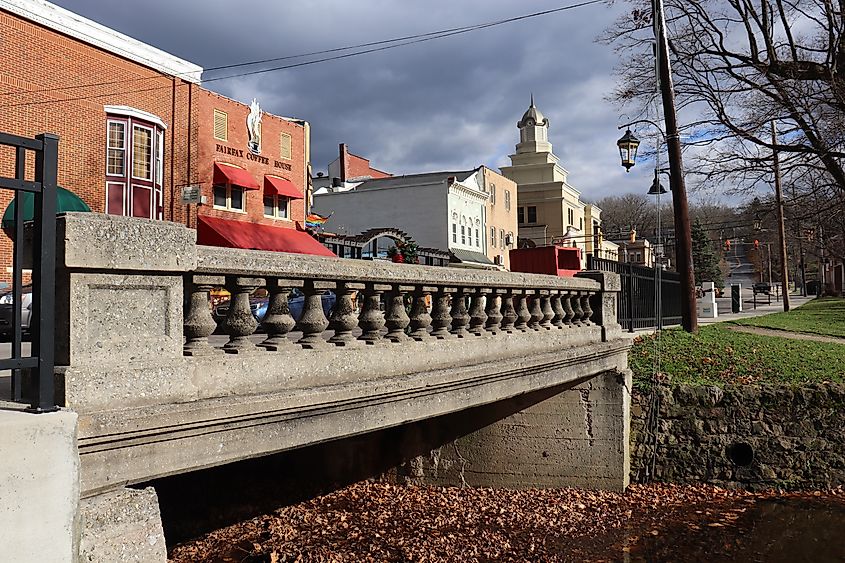
Berkeley Springs is renowned for its mineral springs, which have attracted wellness seekers for centuries. At the heart of the community lies Berkeley Springs State Park, where visitors can experience the soothing effects of the warm waters in historic bathhouses. The park also features a museum that delves into the area's spa heritage and offers a public tap for those wishing to sample the spring water.
Each February, they host the Berkeley Springs International Water Tasting, a unique event that draws participants from around the globe. This competition celebrates water quality in various categories, including municipal and bottled sources, and has become a notable attraction for both locals and visitors.
Overlooking the town is the Samuel Taylor Suit Cottage, commonly referred to as Berkeley Castle. Constructed in the late 19th century, this castle-like structure adds a distinctive element to the area's landscape. While not open for regular tours, its presence contributes to the unique character of Berkeley Springs
Fayetteville
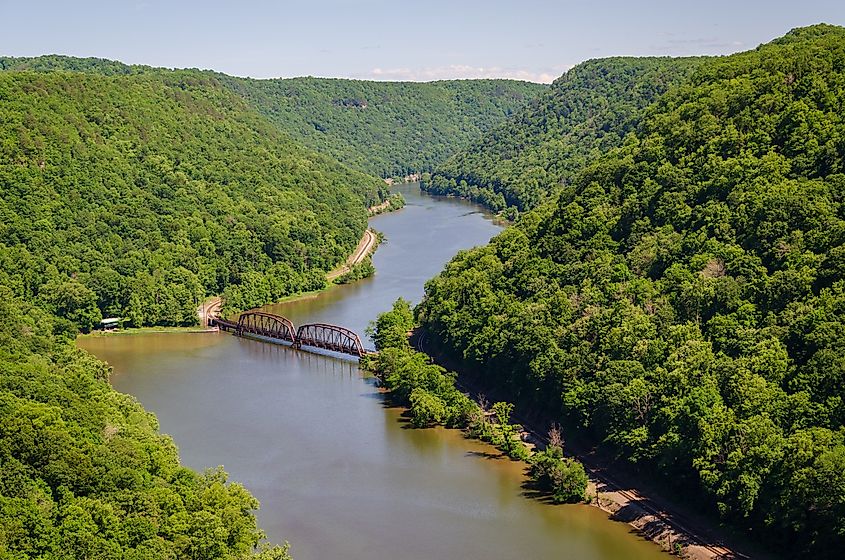
Fayetteville is home to the New River Gorge Bridge, a steel arch structure that spans 3,030 feet across the gorge. Each October, the bridge becomes the centerpiece of Bridge Day, an event where thrill-seekers BASE jump 876 feet into the canyon below. For those seeking a more grounded experience, the Bridge Walk offers guided tours along the catwalk beneath the bridge, providing panoramic views of the gorge.
The surrounding area is a haven for outdoor enthusiasts. Arrowhead Bike Farm features a network of trails suitable for both biking and hiking, along with a pump track and resident goats. Fayetteville Town Park offers amenities such as a splash pad, skatepark, and playground, making it a popular spot for families. Additionally, the Long Point Trail leads to a rock outcrop that provides a striking view of the bridge.
Downtown Fayetteville boasts a variety of dining options. The Cathedral Café, housed in a former church, serves breakfast and lunch in a unique setting. Pies & Pints is known for its hand-tossed pizzas and craft beer selection. For those interested in shopping, the area features boutiques and antique stores that reflect the local culture.
Lewisburg
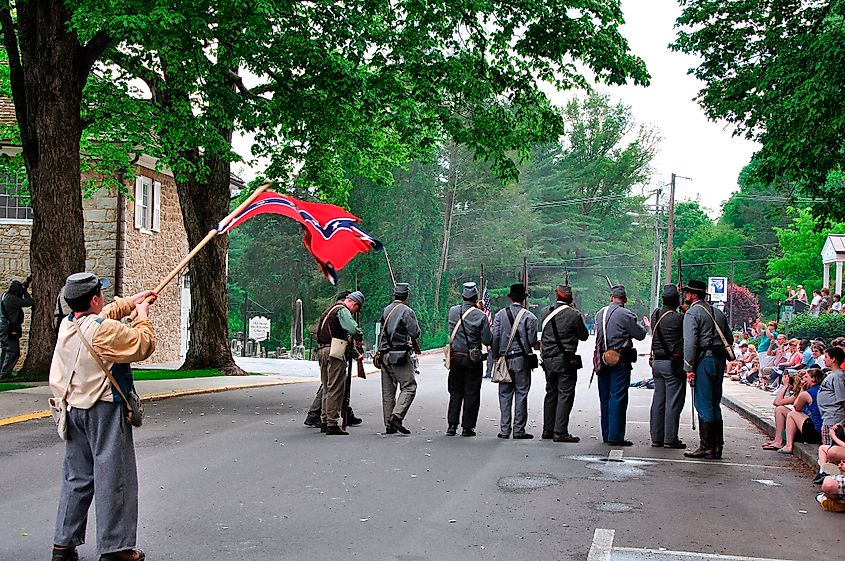
Lewisburg is home to one of only four Carnegie Halls still in continuous use worldwide. This historic venue hosts a range of performances, art exhibits, and educational programs. Nearby, the Greenbrier Valley Theatre, recognized as the State Professional Theatre of West Virginia, offers live theatrical productions and musical concerts throughout the year. The North House Museum, operated by the Greenbrier Historical Society, provides insights into the area's past with its collection of artifacts and exhibits.
For those interested in natural wonders, Lost World Caverns offers a self-guided tour through a vast underground landscape of stalactites and stalagmites. The Greenbrier River Trail, stretching 78 miles, is ideal for hiking, biking, and horseback riding, passing through several places and offering scenic views. Greenbrier State Forest, covering over 5,100 acres, features hiking and biking trails, picnic areas, and a heated outdoor pool. Culinary options in Lewisburg are diverse. Stardust Café serves dishes made from locally sourced ingredients, offering a menu with Mediterranean flair.
Moundsville
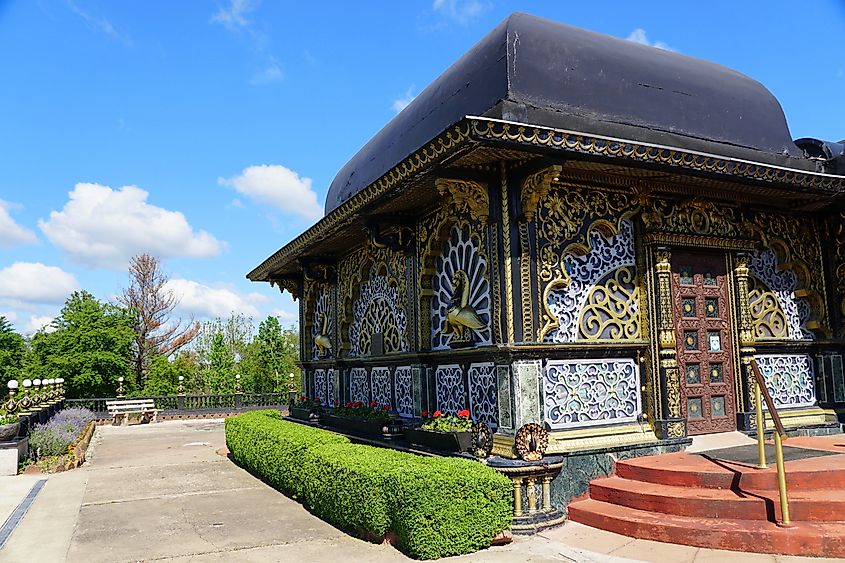
Moundsville is a place where ancient earthworks and ghost stories live side by side. Its most striking landmark is the Grave Creek Mound, an enormous burial structure built more than 2,000 years ago by the Adena people. Just down the street, the West Virginia Penitentiary looms large, a decommissioned prison known for its Gothic design, guided tours, and the lingering sense that its past is not entirely gone.
Downtown, the Strand Theatre continues to host live performances in a space that has served the community for nearly a century. The nearby museum features artifacts from the Adena culture and tells the story of the mound’s excavation. For a change of pace, the Ohio Riverfront Park provides a spot to unwind, walk, or watch the water roll past. Moundsville pulls together stories that span thousands of years, from prehistoric builders to prison walls etched with memory.
Arthurdale
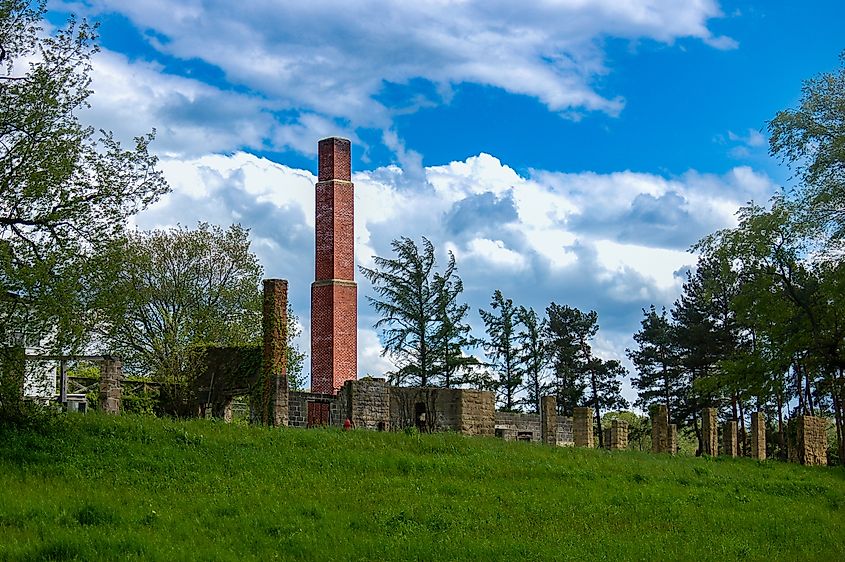
Arthurdale began as a bold experiment during the Great Depression, America’s first New Deal homestead community. Backed by Eleanor Roosevelt, the project gave struggling families a chance to rebuild their lives with steady work, small farms, and government-built homes. Dozens of these homes still stand today, along with original buildings like the forge and community center.
The Arthurdale Heritage Museum brings this history to life through exhibits, restored structures, and guided tours that walk you through what daily life looked like in the 1930s. Throughout the year, the area hosts events, workshops, and the well-loved New Deal Festival, which blends storytelling with food, crafts, and music. Just beyond the historical grounds, nature lovers can explore nearby trails and the Fairfax Pond-Rehe Wildlife Management Area.
Ronceverte
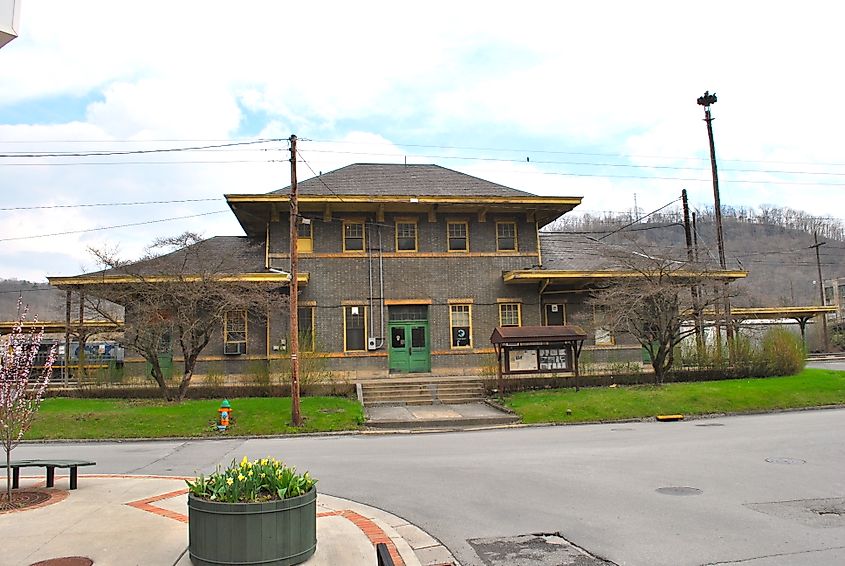
Ronceverte carries a resilience shaped by railroads, river trade, and community pride. Its historic district includes structures like the old C&O Passenger Depot and Grand Theater, reminders of an era when it was a key stop along the Chesapeake and Ohio Railway. Many of these buildings still stand, giving the area a weathered, authentic character that speaks for itself.
Each summer, the Ronceverte River Festival adds life to the banks of the Greenbrier River. From duck races to outdoor concerts, the event draws crowds from surrounding areas for a weekend of celebration. Another standout is Riders of the Flood, a community-led outdoor drama that shares the story of local resilience through live performance and storytelling.
Ronceverte’s walking tour gives you a chance to trace its past at your own pace, weaving through historic homes, civic buildings, and quiet corners that once buzzed with commerce. Just outside town, Hokes Mill Covered Bridge spans Second Creek and remains one of the region’s few surviving 19th-century bridges. It is a fitting symbol for a city that has stayed grounded while time moves forward around it.
Quirky, unexpected, and often overlooked, these nine West Virginia towns each carry their own flavor of oddity, creativity, and character. From Point Pleasant’s Mothman mystery to Moundsville's prehistoric prison walls, and from the bold social experiment of Arthurdale to the theatrical pulse of Shepherdstown, there's far more to explore here than meets the eye. If you are drawn to villages with stories that don’t follow the usual script, these communities might just change how you see West Virginia. They are not polished attractions, they are lived-in, proud, and delightfully off-center. Exactly the kind of places that make a road trip worth remembering.
